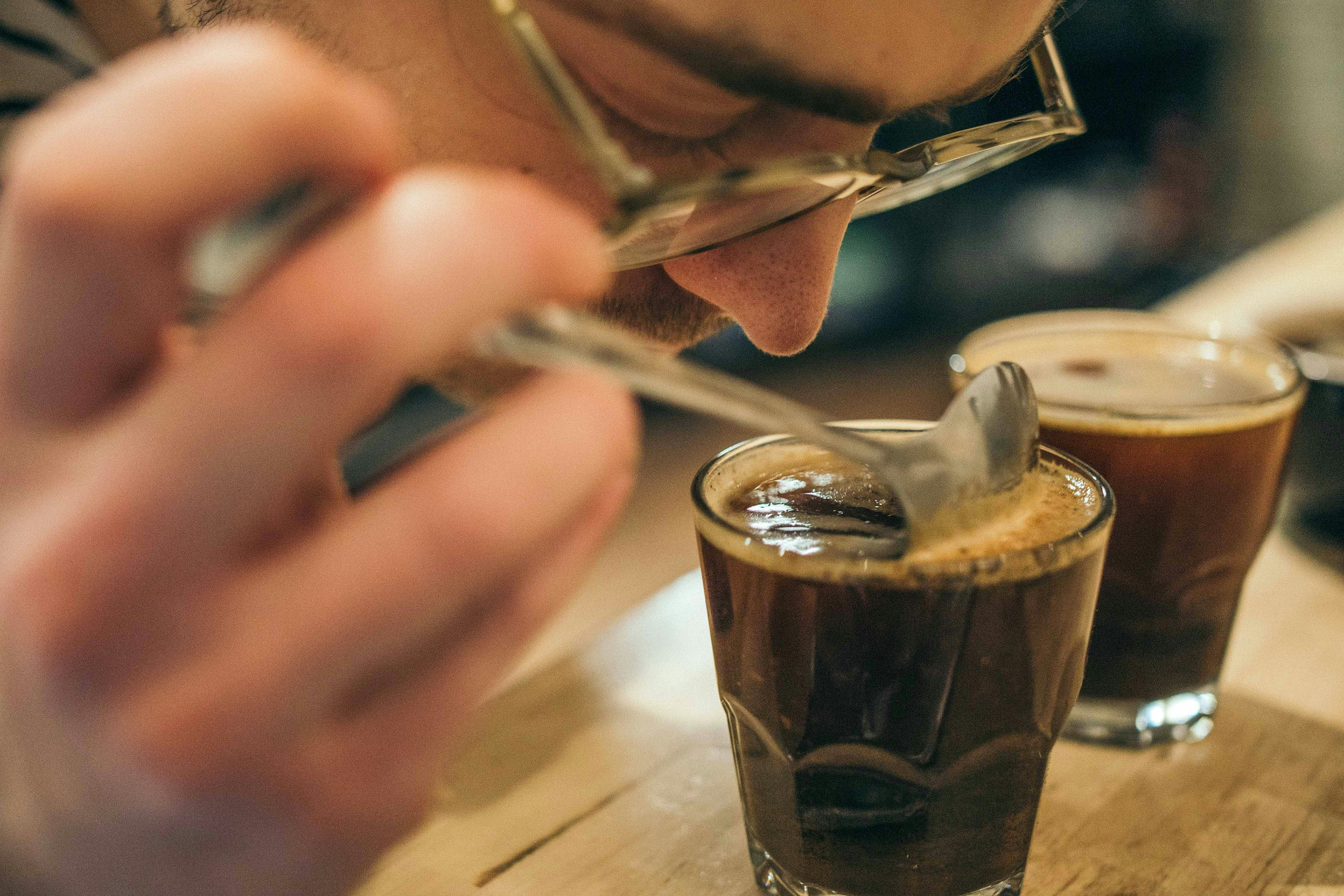
What Not to Do in Sensory Marketing?
You have probably read here about how sensory marketing, a set of strategies that engage the five senses of the human body, can help brands strengthen their bonds with their audiences. But like any powerful branding tool, it can also have the opposite effect and end up driving people away if not carefully thought out.
There are many examples of successful strategies in sensory marketing: the contours of the Coca-Cola bottle, Tiffany & Co.’s baby blue, the sounds of the iPhone… We’ve even compiled a list detailing some successful cases. But what about those that don’t work?

A pioneering study conducted by a Harvard team back in 2016 found that sensory marketing has the capacity to alter consumer preferences. However, for this to happen, the strategy needs to be carefully aligned with the brand’s personality.
“This suggests that companies should not adopt uniform sensory marketing measures for a variety of product lines. Instead, each product should strategically consider its market positioning,” concludes the study, adding that it is not advisable to follow the “common belief” that the practice should always create a sense of surprise.
The reason is simple: by affecting the senses, sensory marketing, when used excessively, can create an overload of experiences and sensations that ends up repelling the audience instead of attracting them.

Negative Examples of Sensory Marketing
As mentioned above, excess is a common mistake in sensory marketing. A classic example is what Abercrombie & Fitch did, a clothing brand aimed at young people aged 15 to 28, which went overboard in trying to project a cool image.
To achieve this, the brand turned the shopping experience in its physical stores into a nightclub-like atmosphere, with loud music and dark lighting. While the strategy might have initially worked for the young audience, adults were repelled by the environment, as highlighted in a 2012 New York Times report.
In Brazil, a recurring issue is the activation of major brands at mega-events, with the distribution of giveaways, flyers, and experiences that create high expectations but also long lines at festivals, fairs, etc. The result is that, after sometimes waiting for hours, the audience often feels that the wasted time was not worth it.

Other general cases include wines with screw caps, which prioritize product practicality but remove the distinctive sound of a cork popping, typically associated with special moments.
Plastic bottles, made from lightweight PET fiber, also give the impression of a cheap and low-quality product, besides making a noise that many find embarrassing.
Another example that influences public perception of product quality is the packaging of frozen foods. The excess of saturated colors, the plastic material over the food, and the texture of the box end up being associated with an ultra-processed meal of low nutritional value. The same can be said for the noisy packaging of snacks.

What Not to Do in Sensory Marketing?
Hearing: Music can relax, but it can also irritate the audience when it is too loud, beyond an acceptable volume. In these cases, it is always good to avoid certain styles, such as rock, baby metal, jazz bebop, or any track with many notes and improvisations, high-pitched voices, overly intense performances, etc. In short, pay attention to noise pollution in environments.
Sight: Be very careful with visual pollution! As explained above, excessive visual stimuli tire and irritate because they make the audience filter what they absorb, on top of all the tasks we need to accomplish in a day. This is the case with commercial videos shown inside some taxis. They invade and occupy a space where we should relax, not absorb more information.
Touch: It is always advisable to avoid sharp and rough surfaces. The temperature of materials, spaces, products, and packaging should also create a comfortable environment in line with the experience you want to offer the public. An example that everyone has felt is supermarket refrigerators: when they are super cold, to the point of feeling cold in the aisle, it makes you want to run away.
Smell: Any unpleasant odor in the environment – sewage, dirty bathroom, mold, or spoiled food – is very serious. Especially when there is a lack of air circulation. An example is the smell of diesel oil inside the plane before boarding. There is always the right aroma at the right time for each business.
Taste: This sense applies more to businesses related to gastronomy. Tasty treats are always welcome in any business as a way to mark the experience, but for this reason, care must be taken with the quality, flavor, texture, and aroma of what you offer.


Unsure how sensory marketing can be used correctly for your brand or business? Then send us a message!



Next article
How Does Sensory Marketing Help Brands
Get to know how to use and check out sensory marketing examples to captivate audiences through the five senses and strengthen your brand.
Read more